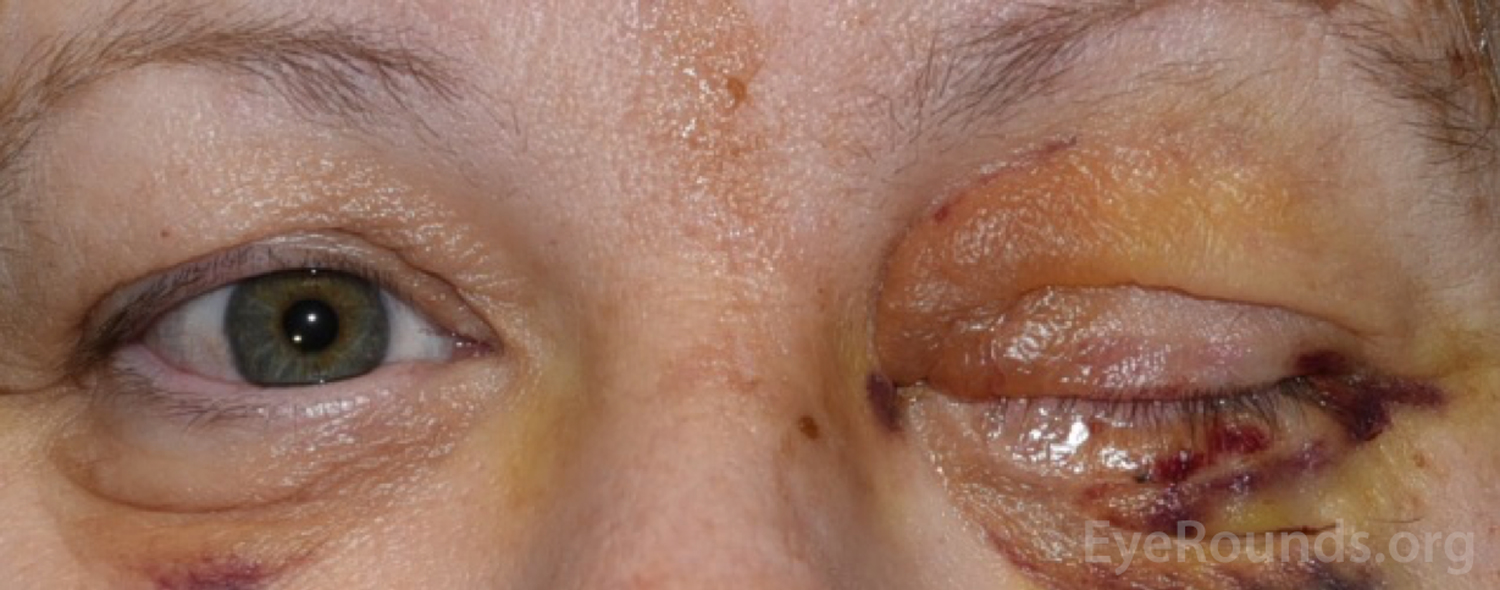Evisceration Eye Surgery Close Up
After your surgery you will have a dressing covering your eye socket and your eyelid will be closed. Unlike enucleation which involves removal of the entire eye evisceration potentially causes exposure of uveal antigens.

Evisceration Of Eye Evisceration With Acrylic Implant Youtube
Evisceration an evisceration is an operation to remove the contents of the eyeball leaving behind the sclera which is the white coat of the eye and the extraocular muscles.
Evisceration eye surgery close up. Evisceration is far rarer but more serious when it happens and cannot be ignored. Unlike enucleation which involves the complete removal of the eye evisceration is the surgical removal of the contents of the eye leaving the white part of the eye and the eye muscles intact. In enucleation the whole eye is removed and the eye muscles are reattached to the implant.
Keep the dressing dry and shower only from the neck down. An evisceration involves the surgical opening of the eye. After surgery wound dehiscence is typically minor with a small area of the wound opening or gaping slightly.
This procedure includes the removal of the internal contents of the eyeball including the iris lens and retina. Most commonly your surgeon will remove part of the eye and fit a prosthetic eye over it to improve the appearance of the eye making it look more natural. An orbital implant figure 1 is placed in the socket to replace most of the eye.
Therefore historically there has been a concern about sympathetic ophthalmic so associated with evisceration. In either surgery the soft tissue layers are then closed. With monovision one eye is corrected for distant vision and the other eye is corrected for near vision.
Evisceration eye surgery refers to the removal of the inside contents of the eye cornea iris lens vitreous and retina. Evisceration is an ophthalmic surgery that removes the internal contents of the eye followed usually by placement of an orbital implant to replace the lost ocular volume. Later the removable prosthesis is created to fit.
In evisceration the front part of the eye and the contents of the eye are removed. An orbital implant is placed inside the eye to replace the lost volume and deliver movement to the ocular prosthesis. If the area is small it is typically an inconvenience a minor disruption in an otherwise normal recovery.
Not everyone is able to adjust to or tolerate monovision. What to expect after surgery to remove the natural eye a ball shaped ocular implant is permanently and deeply implanted. The white shell of the eye sclera is left in place.
If you are an older adult considering lasik you might choose to have your vision corrected for monovision to maintain your ability to see objects close up. Keep the dressing on for 1 to 4 days as directed by your ophthalmology team. After you have removed the dressing clean your face as usual with water and a clean cloth.
Https Www Jstor Org Stable 24623516

Eye Surgery Stock Photos Download 13 591 Royalty Free Photos
Orbital Implant Exposure Following Enucleation Or Evisceration Al

Enucleation And Evisceration What To Expect

Enucleation And Evisceration What To Expect

Eye Surgery Stock Photos Download 13 591 Royalty Free Photos
Eye Removal Surgery Enucleation And Evisceration American
Case Study 1 New Zealand Prosthetic Eye Service
1584249455000000